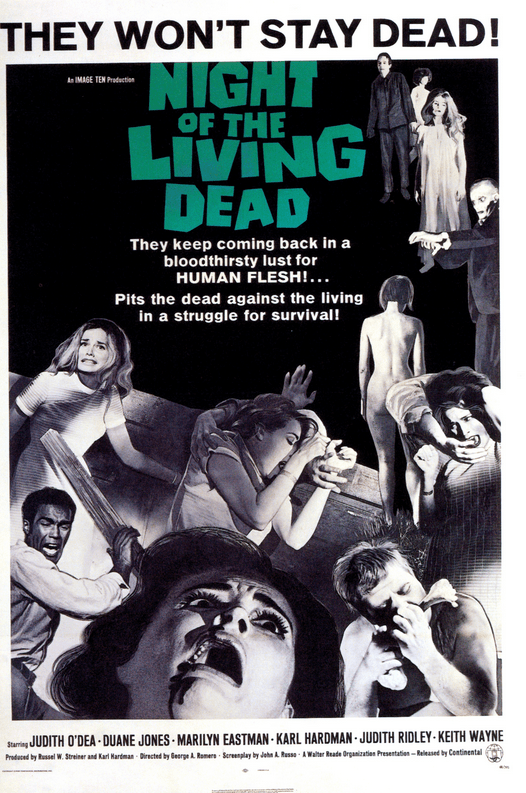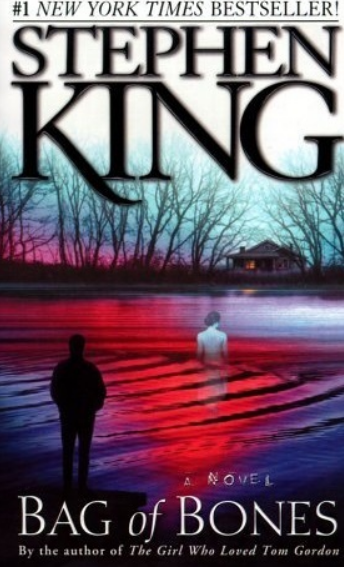We’ve come to the last in my Horror Heroes series, but by far not the least. This author is a hero not only to me but to most of the other people on my hero list.
Of course, we’re talking about the astounding Shirley Jackson.
Shirley Jackson was an author when women weren’t supposed to be anything but homemakers. And she didn’t do this with anything that resembled support from her family. Her mother was a conservative woman who expected her daughter to be a conservative woman. As I’m sure you can imagine, there was some tension in her home growing up. As a woman raised in a backward, overly religious family, I can relate.
Jackson’s married life wasn’t much better. Her husband was a professor, but she was soon making more money than him. Despite this, he controlled the finances in the house, dolling out only what he thought she should have of her own damned money. He also cheated on her all the time with his students.
What’s worse is that he kept right on profiting from her long after she did. He sold a bunch of her writings after she passed, which seems like a huge betrayal.
Really makes me appreciate my partner.
But Jackson did what so many creatives do best. She took all the bad in her life and turned it into art. When some assholes in her backward town painted a swastika on her house, she was inspired to write The Lottery.
Jackson wrote six novels, and over 200 short stories. Her children said she was always working. Either writing or thinking about writing. But she never once made them feel like anything less than the most important thing in her life.
Jackson wrote some of the scariest novels of all time. The Haunting of Hill House is still considered one of the best ghost stories ever. And she might be the reason I love haunted house stories so much.
She was funny as hell, too. Here’s a great quote from her in regards to people’s response to The Lottery.
“The number of people who expected Mrs. Hutchinson to win a Bendix washing machine at the end would amaze you.’
There’s no shrinking in this woman. There is no demure smile. She had no problem at all telling you exactly what she thought.
Jackson also wrote extensively about her own life and raising her children. She wrote about her family with wit, sarcasm, and so much love. For her, there was no such thing as work-life balance. Her life was her work, her work was her life.
Jackson was an inspiration. I’ve been inspired by her my whole life. And I hope that you are too.
In short, here are the things I’ve learned from Shirley Jackson. And what you can learn from her too.
-Creating doesn’t have to take a back seat to caring for your family.
-Don’t take shit from anyone.
-Don’t be afraid to succeed, beyond your spouse.
-Don’t let your mental illness hold you back from what you want to achieve.
-Don’t let your gender define what you do.
-Most importantly, don’t be too worried about what other people think about your work. Not everyone is going to get it.
In case you missed them, here are the other posts in the series. We talked about Stephen King, Wes Craven, George Romero, and R.L Stine.
Quiet Apocalypse is available now for preorder on Smashwords and Amazon.
The end of the world began with a winter storm.
Sadie’s quiet life is interrupted when a tree crushes the roof of her attic apartment. She’s forced to move to a smaller apartment in the building. Then, her aunt guilts her into clearing an ouija board of a particularly irritating spirit.
But it wasn’t just the roof that was broken by the tree. There was something trapped within the building, waiting. Waiting to wake and bring about the end of the world.
Not with screams, but with silence.
Paper Beats World is a labor of love. If you found value in this post, you can buy me a cup of coffee on Ko-fi.























Recent Comments